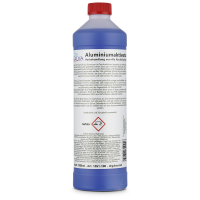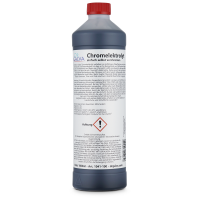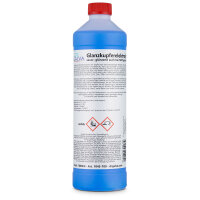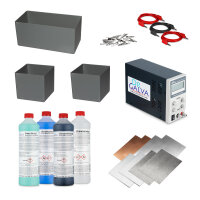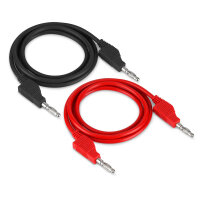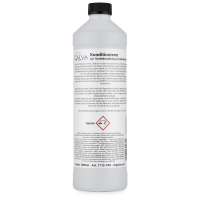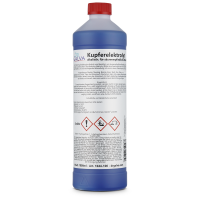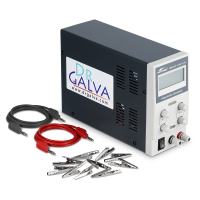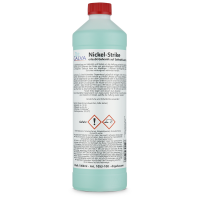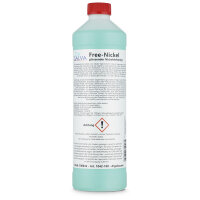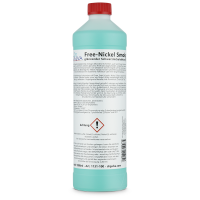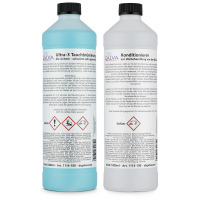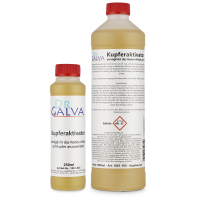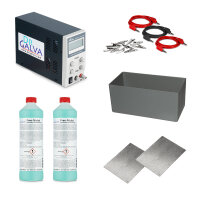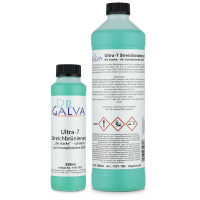Here we address the very important scattering to be observed. The anode should be adapted to the shape of the workpiece to be coated. Only more current flow alone would cause it to become dark and
You have probably seen the yellow iridescent screws that were often found on cars? These were first galvanised (silver layer) and then received the well-known yellow chromate layer.
The zinc-nickel coating is an unbeatable advantage in terms of durability and protection. It offers excellent corrosion resistance, preventing wear and tear on equipment and machinery. Discover
Galvanic nickel plating is a proven method of protecting surfaces from corrosion and giving them an attractive appearance. But why is this technique so popular in modern surface technology? In
Dr. Galva and his electroplating poducts offer a unique opportunity to realise people's visions. With his revolutionary technology and dedicated team, he provides the inspiration and knowledge it
Stainless steel is a valuable material with unique properties that is used in many industries. In this blog, we take a look behind the scenes and learn why stainless steel cannot be burnished. We
With Dr. Galva Quick Black Oxide, you can process your metal parts in a flash and achieve a flawless finish. It is a fast, efficient and cost-effective alternative to time-consuming and costly
Experience the perfect brush Black Oxide with Dr. Galva Ultra-7! Thanks to our innovative technology, you can quickly and easily obtain a smooth, evenly browned surface without any annoying rust.
Attention DIY lovers: Galvanising yourself is easier than you think! With our instructions, you'll get a detailed overview of the basics of galvanising and the benefits it brings. Let's get
Electroplated nickel plating is a simple and inexpensive way to protect metal parts quickly and efficiently. In our DIY tutorial you will learn everything you need to know to nickel plate your
Electroplating is a reliable way to achieve unique chrome finishes. With this DIY guide, we offer a simple step-by-step guide to help you achieve a perfect chrome look . Benefit from our
Good corrosion protection is only achieved with a sufficiently thick layer or with an appropriate combination of layers. A thin layer of chromium on iron will offer almost no protection, so use at

